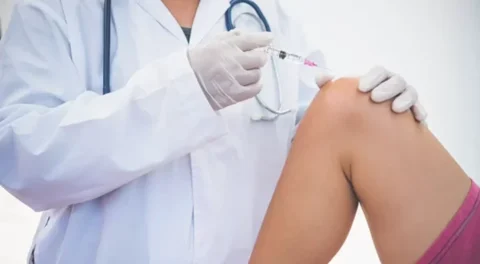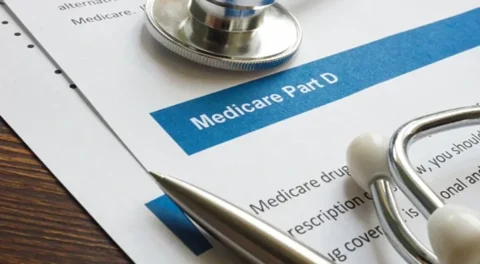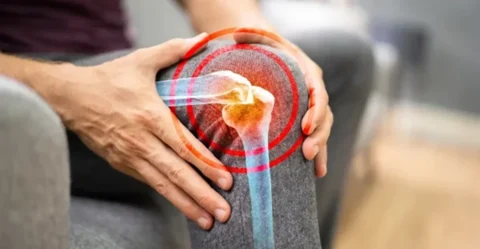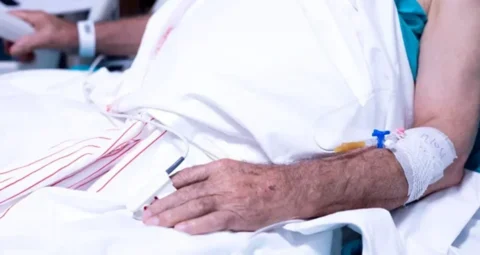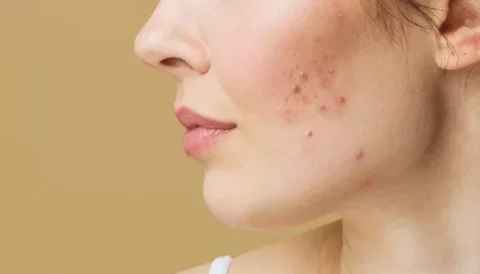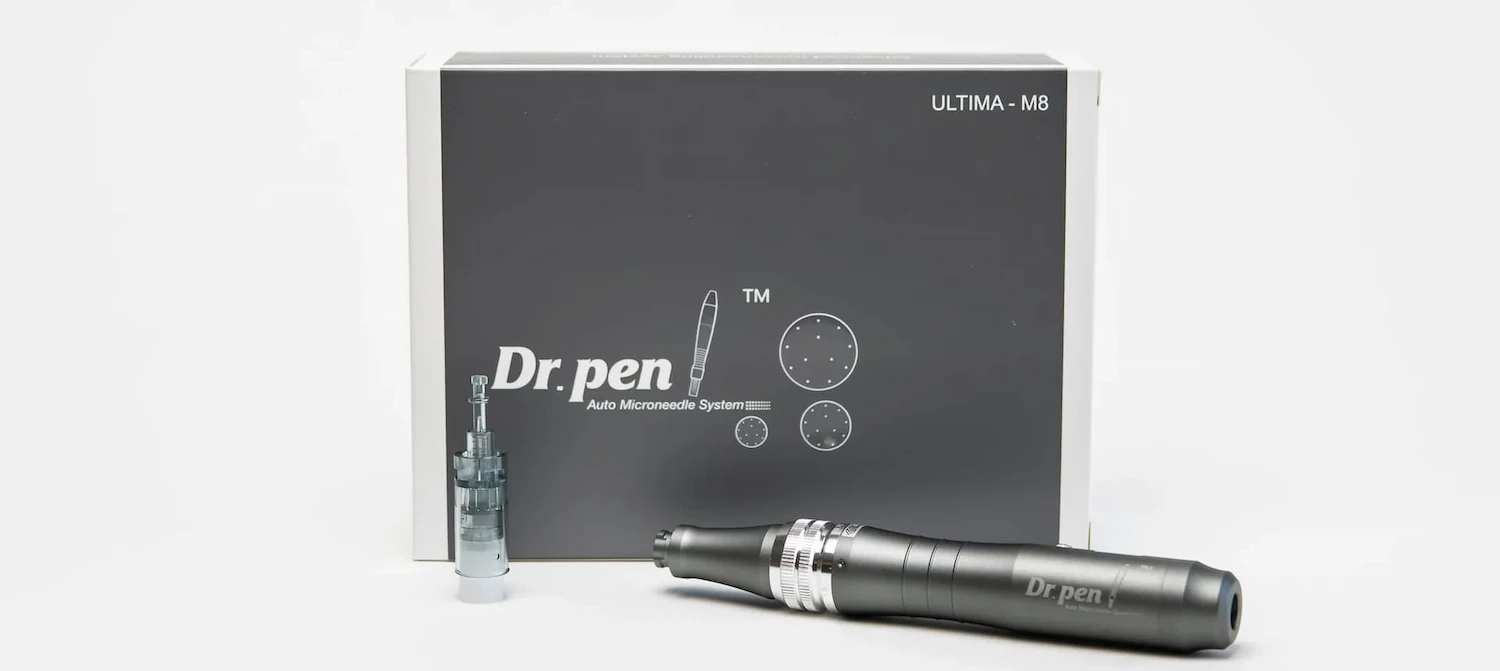Many individuals looking for effective treatment options for improving their damaged tissues consider platelet-rich plasma treatment as their only hope. While this treatment is indeed effective, it’s best to know its limitations so as not to expect too much from the procedure and feel that you didn’t get your money’s worth.
So does the cartilage reattach to the bone with PRP? While platelet-rich plasma therapy can encourage the natural healing process of the body, its regenerative properties can’t reattach cartilage to the bone. It can only do as much as improve the quality of life of patients by relieving the symptoms of osteoarthritis.
How The Composition Of Platelet-Rich Plasma Influences Cartilage Damage
Platelet-rich plasma injection treatments are a kind of medical treatment under regenerative medicine, a branch of medicine where biological products are used to address disorders without the risks of invasive surgery.
In order to treat intolerable knee pain and other symptoms of knee damage, this medical treatment relies on an increase in platelet count, which is an indication of an increase in growth factors that mediate the healing environment through anti-inflammatory actions. Some of the growth factors present in the PRP formulation include platelet-derived growth factors, vascular endothelial growth factors, among others.
Patients with knee osteoarthritis benefit from PRP in the potential to regenerate healthy cartilage cells, as shown in a study on the effect of PRP on cartilage grafts in rabbits. Because of this, knee cartilage wear is attenuated, the joint function is improved, and cartilage growth and repair are encouraged more.
Note that all of these doesn’t mean that cartilage will reattach to the bone with PRP. PRP can only help in wound healing and in the mentioned symptoms of knee osteoarthritis by recruiting reparative cells and other components, but not in the total reversal of knee damage.
Efficacy of PRP as Therapy for Cartilage Damage
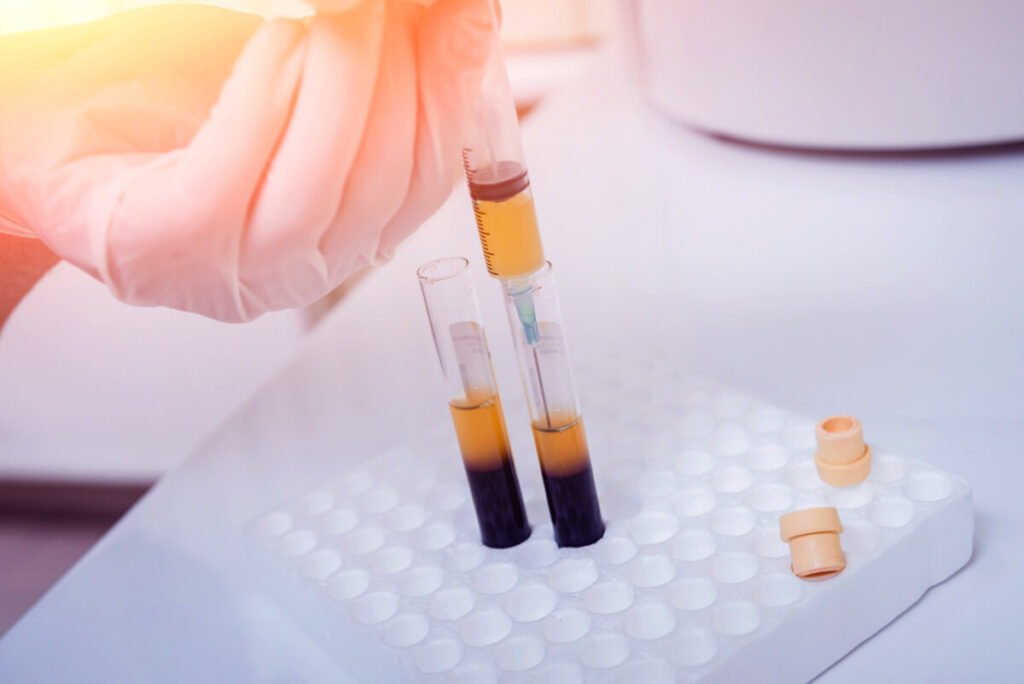
Platelet-rich plasma injections for knee pain is an effective non-surgical procedure where platelets, white blood cells, and growth factors provide a healing environment for the recovery time of the degenerative condition of knee osteoarthritis to improve.
These claims are backed up by studies that demonstrate the efficacy of PRP as an appealing option in the improvement in pain and knee function of patients with damaged cartilage characteristic of knee osteoarthritis.
Moreover, clinical studies also show that the severity of knee osteoarthritis doesn’t affect proper treatment conferred by PRP therapy. It has been shown that functional outcomes of patients with severe knee osteoarthritis don’t differ significantly from those with early-stage knee osteoarthritis. This indicates that symptoms of damaged cartilage in knee patients may be improved upon by PRP regardless of severity.
Safety Of PRP Therapy
Because the platelet-rich plasma injections are taken from the patient’s own blood supply, PRP therapy has good safety profiles as evidenced by their reported mild side effects.
These side effects are often associated with the technique to which injections are administered rather than the formulation itself. Examples of the side effects include injection site-related reactions such as irritation, pain, bleeding, or blood clots.
A medical history of other chronic inflammation or other conditions, however, makes a patient unfit for this procedure. These medical conditions include a low platelet count, acute or chronic infections, cancer, among others.
Diagnosis Of Osteoarthritis
Osteoarthritis is diagnosed with the help of medical history, physical examination, imaging tests, and laboratory tests.
A medical history of loss of function due to pain and stiffness of joints during the morning that lasts for 30 minutes are telltale signs that point towards a diagnosis of osteoarthritis. For physical examination, it’s good to look at the joints typically affected by osteoarthritis, such as the hands, hips, knees, joints, and spine.
Imaging tests that may be recommended by the physician to visualize the extent of the damage of the affected joint include x-rays and magnetic resonance imaging (MRI).
Laboratory tests that are also helpful in diagnosing osteoarthritis include joint fluid analysis that tests for inflammation in the joints and blood tests to help rule out other causes of joint pain such as rheumatoid arthritis.
Other Ways Treat Osteoarthritis

Management of knee osteoarthritis doesn’t mean a reversal in the damage manifested as knee instability. It simply entails the reduction of pain and other symptoms of knee arthritis. Aside from PRP, knee pain patients can benefit from other knee osteoarthritis treatments such as the following:
1) Medications
The pain from the osteoarthritic knee may be alleviated through pain medications such as acetaminophen, nonsteroidal anti-inflammatory drugs (NSAIDs), and duloxetine. Just be careful of their side effects, especially upon taking more than the necessary dose of the drug.
2) Therapy
Improved knee pain is also expected through the conventional treatment options of therapy. These are non-invasive and conservative and include the following:
- Physical therapy – Physical therapists help a patient reduce the pain they’re experiencing through exercises that may help strengthen the muscles around the joint and increase the flexibility of the patient.
- Occupational therapy – Occupational therapists help a patient incorporate lifestyle changes to help them cope with and reduce the pain from the condition that they’re experiencing. For example, a patient may be advised to use a toothbrush with a large grip to reduce the stress placed on the joints of patients with osteoarthritis in the hands.
- Transcutaneous electrical nerve stimulation (TENS) – Patients with knee and hip arthritis may benefit from this procedure, which entails the delivery of an electrical current to alleviate the pain experienced from osteoarthritis.
3) Surgical And Other Procedures
Knee replacement surgery and other FDA-approved management of knee osteoarthritis such as the minimally-invasive treatment procedures of knee injection treatment may be done if conservative treatments don’t work. Types of knee injections and knee surgery include:
- Cortisone injections – Cortisone for knee pain involves the injection of cortisone, a corticosteroid (other corticosteroids may also be used such as methylprednisolone or triamcinolone). This procedure may also be combined by the injection of local anesthetics like lidocaine or bupivacaine. It helps in the reduction of inflammation by regulating B- and T-cells. It can also stimulate the regeneration of hyaluronic acid.
- Hyaluronic Acid or Hyaluronate Injections – Also called viscosupplementation, hyaluronic acid injections are an FDA-approved procedure. In this procedure, the articular cartilage is lubricated and cushioned through the administration of hyaluronic acid, a polysaccharide that serves as a building block for proteoglycans.
- Realigning bones – Knee osteotomy or realigning knee bones entails the removal of a wedge of bone above or below the knee of the affected bone. This helps reduce the weight that the affected joint needs to bear.
- Joint Replacement – Joint replacement surgery entails the removal of the worn-out knee with artificial parts called prosthesis, which may be made of plastic or metal. Risks associated with this procedure include loosening of the prosthesis and deep vein thrombosis.
As with any arthroscopic surgery, physical therapy is needed after the therapy. The physical therapist will reinforce the patient to do the exercises prescribed by the physician. This helps in facilitating the recovery of the patient from the surgery.
4) Treatments Under Clinical Trials
Aside from platelet-rich plasma therapy, there are also other treatments under clinical trials with the potential in treating the degenerative knee disease that is osteoarthritis. These treatments are minimally-invasive and from regenerative medicine as well. They include the following:
- Mesenchymal Stem Cells or MSCs – Mesenchymal stem cells may be autologous (from the same patient) or allogeneic (from another individual). Patients with osteoarthritis benefit from this knee injection treatment due to its immunosuppressive and anti-inflammatory properties.
- Bone Marrow Aspirate Concentrate – Bone marrow aspirate concentrate injections entail the collection of bone marrow aspirate and concentrating the components necessary for cartilage regrowth and anti-inflammatory properties of this procedure.
- Autologous Cultured Chondrocytes – Autologous cultured chondrocytes entail the collection of healthy cartilage cells from the own joints of a patient and culturing (growing) them in laboratory conditions. These cultured cells will then be injected into the affected knee for improved knee pain.
5) Lifestyle Changes
Similarly, lifestyle changes can also be combined with these treatments to help reduce the pressure from excess body weight, which may contribute to a further worsening of the knee pain characteristic of osteoarthritis. These lifestyle changes include exercising and losing weight.
The use of assistive devices such as canes may also help by relieving the stress on the joints brought by the body weight. The hand that holds the cane should be opposite the knee experiencing the pain. Braces or shoe inserts may also be helpful in reducing pain as well.
6) Alternative Medicine
Complementary and alternative medicine has also shown promise in the improvement in knee pain from osteoarthritis. These procedures and substances include:
- Acupuncture – Acupuncture entails the insertion of very thin needles into the skin on precise spots of the body. Studies have proven the efficacy of this alternative medicine procedure through the relief of pain and physical dysfunction from osteoarthritis.
- Glucosamine and chondroitin – Glucosamine and chondroitin are building blocks of cartilage, which are necessary for its structure. There’s conflicting results as to whether or not these supplements are effective against osteoarthritis. No serious side effects are also associated with these supplements.
- Avocado-soybean unsaponifiables – Avocado-soybean unsaponifiables are a mixture of avocado and soybean oil, which, when extracted, contain unsaponifiables such as tocopherols, tocotrienols, and phytosterols, among others. They’re used against osteoarthritis due to their anti-inflammatory properties and the ability to prevent the progression of joint damage.
- Omega-3 fatty acids – Omega-3 fatty acids from fatty fish and fish oil supplements help relieve osteoarthritis pain due to their anti-inflammatory effects and the ability to regulate immune functions.
7) Coping And Support
Coping and support are important aspects in improving the patient-oriented outcomes of patients in knee pain. Changes in the life of patients with this disorder may contribute to frustrations, especially active people who can no longer do their usual activities. Professional help and a good support system may help in improving this situation.
PRP And PRFM Video Courses at FACE Med Store
As mentioned, the safety of injections of platelet-rich plasma depends on the expertise of the provider for the treatment of knee osteoarthritis. With that, it’s best to ensure that medical practitioners are equipped with relevant knowledge in the use of platelet-rich plasma, not just in knee osteoarthritis patients but to other patients in which PRP use is indicated.
At FACE Med store, we offer high-quality PRP and PRFM video courses taught by real experts such as Dr. Lanna Cheuck, DO, FACS who is a board-certified urologic surgeon. In these courses, not only will healthcare professionals learn more about the diagnosis, evaluation, and procedure of PRP, but they’ll also be able to gain the applied professional CME units relevant for their certifications.
The Best Medical Products and More at FACE Med Store
While clinical outcomes of a platelet-rich plasma injection don’t result in a total repair of damage, the injection of PRP helps a lot in the alleviation of knee pain, as well as symptoms of other common injuries such as shoulder injuries.
At FACE Med Store, we’re committed to helping professionals by providing them the best medical products. Our staff provides reliable customer service and helps you make informed choices on what products work best for your practice. Contact us today at info@facemedstore.com to get quality beauty and medical products.

